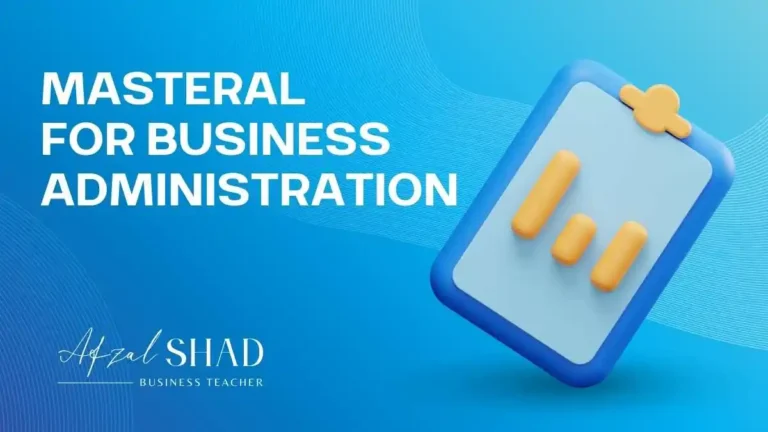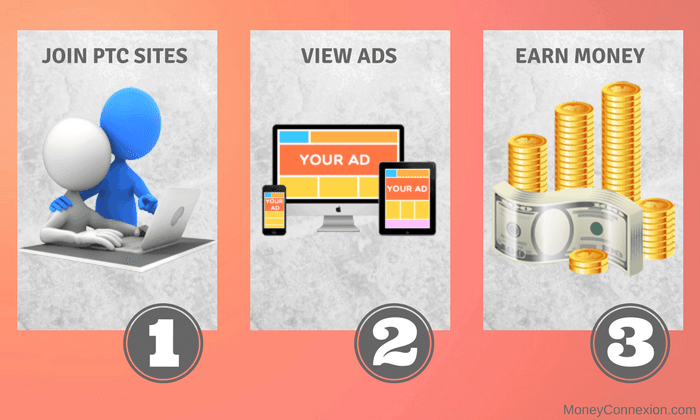In Human Resources (HR), which is always changing, using Artificial Intelligence (AI) is more than just a new technology; it’s a journey that’s changing the way HR tasks are done. This piece goes into great detail about how AI has changed Human Resources by automating tasks, making it easier to find good employees, and increasing their engagement.
How to Understand AI in Human Resources
As companies move toward digital change, AI becomes a key factor in changing how HR works. It’s more than just automation; it’s a strategic partner in making decisions, managing people, and getting employees involved. This change is a big step away from the old ways of doing HR and toward a model that is more data-driven and intelligent.
Table of Contents
Routine HR tasks can be automated.
Automating routine HR jobs is an important part of managing employees today. It speeds up processes and frees up HR professionals to work on bigger, more strategic projects. The use of application tracking systems (ATS) is a well-known example of automation in HR. These systems sort through resumes, match skills with job needs, and cut down on the time needed for the first round of screening candidates by a large amount.
Also, handling payroll is another area where automation is very helpful especially when we talk about using AI in human resources. Automated payroll systems not only make sure that salaries are paid on time and correctly, but they also cut down on the mistakes that come with doing numbers by hand, which makes things run more smoothly overall.
The way performance reviews are done is also changing because of technology. HR can streamline the collection of performance data with the help of certain tools. This makes the review process more objective, consistent, and useful.
Basically, automating regular HR tasks not only saves time but also improves accuracy and efficiency across many functions, making the HR management system more streamlined and effective.
Do you know AI is also used in Accounting Management to make it more transparent & efficient. We have written a brief on it too, please have a look at our article The Rise of AI in Accounting: How Automation is Transforming the Profession
Using AI to help find good employees
With AI coming into the picture, the old way of hiring people is going through a huge transformation. Machine learning algorithms look at huge sets of data to find trends that help them hire good people. This data-driven method makes sure that candidates are judged more objectively and fairly, from looking at resumes to initial talks that are run by AI-powered chatbots.
Many real-world companies have reached new heights in their hiring processes by using AI to find new employees. IBM is a great example of this because it uses AI-powered tools to look at resumes, guess how well candidates will do in the job, and improve the whole hiring process. This method has greatly cut down on the time it takes to fill jobs and improved the quality of the hires.
Unilever is another company that stands out because it uses AI to make the hiring process more personalized for candidates. Their use of AI in human resources systems look at how candidates act in video interviews and give them useful information about how well they’ll fit in with the company’s culture and how successful they might be there.
Accenture is another example; they use AI in Human Resources to get rid of bias in the hiring process. AI algorithms evaluate applicants based on their skills and abilities. This makes sure that the evaluation is fair and unbiased, which is in line with efforts to promote diversity and inclusion. These real-life examples show how businesses are using AI to find and hire great employees, which has led to more efficiency, objectivity, and overall success in building strong teams.
Predictive analytics to help employees do well
AI-powered predictive analytics is a key part of finding people who do great work. AI systems can tell how likely a candidate is to do well in a certain role by looking at past data on how well employees have done in similar jobs. This proactive approach to hiring makes a big difference in creating a motivated and high-performing staff.
Getting employees involved
In the real world, companies are using new methods, often powered by AI, to get their employees more involved. Microsoft is unique in the way it uses chatbots driven by AI to improve communication between employees. These virtual assistants answer questions right away, make internal contact easier, and help keep employees more interested in their work. Engaged employees are key to the success of any business, and AI is quickly becoming an essential tool for this. While considering to use AI in human resources, AI-powered chatbots and virtual helpers answer questions from employees right away, make personalized training suggestions, and make it easier for everyone in the company to talk to each other.
For another well-known example, Salesforce uses AI to make the work experience of its employees more unique. Salesforce customizes professional growth suggestions for each person by looking at their likes and dislikes and how they work, making the workplace more interesting and satisfying.
Through its “People Insights” tool, Cisco has successfully used AI in human resources to get employees more involved in their work. This tool gives managers useful information about how teams work together, which can help improve relationships, teamwork, and general engagement.
These businesses show how strategically using AI can increase employee engagement, making workplaces where people feel valued, connected, and driven.
Personalized growth and learning
AI looks at skills, performance, and job goals to make learning and development programs that fit each employee’s needs. This targeted method makes sure that workers get the skills they need, which promotes a sense of growth and development in the workplace.
Improving Biases in HR Decision-Making: AI in human resources system can improve biases in HR decision-making if they are built correctly. In traditional hiring methods, biases can show up without meaning to, but AI programs can be taught to only look at relevant qualifications and skills, making the hiring process more fair and open to everyone.
Getting diversity and inclusion programs off the ground
AI in HR is a key part of making attempts to be more diverse and inclusive. By looking at data on how people are hired, AI can find places where diversity may be lacking and offer ways to fix these problems. More and more people are realizing how important it is to have diverse and welcoming workplaces, which is why this proactive method makes sense.
Making sure data is safe and rules are followed
As more and more HR tasks are done digitally, data protection and compliance are very important. While using AI in human resources, strong encryption and authentication methods built into AI systems make data safer. AI also helps make sure that HR practices follow the rules and laws that apply, which lowers the risk of legal problems.
Monitoring and improving all the time
AI’s critical skills allow it to constantly watch over HR processes. AI helps companies figure out where they can improve by collecting and analyzing data on things like hiring, employee involvement, and other HR tasks. This feedback loop based on data makes sure that HR practices change and adapt to the needs of the company as it grows.
The Human Touch in HR with AI in human resources
As technology improves, it is important to keep a balance between processes that are run by AI and those that are done by humans. The article stresses how important human knowledge is in making decisions and how AI and human insights can work together well in HR tasks.
AI in human resources: Effects in the Real World
Case studies from real life show how AI is changing HR in a real way. For example, these examples show how companies are using AI to reach their HR goals, such as making the company more efficient and making employees happier.
Getting rid of bias in HR decisions is important for making workplaces fair and welcoming, and a number of real-life businesses are taking creative steps in this direction. For example, Google has used AI systems to get rid of bias in the way it hires people. Focusing on candidates’ skills and qualifications, Google’s method makes the hiring process more objective, which promotes variety and fairness.
IBM is another company that is doing a lot to fight racism. Their AI-based tools not only look over resumes but also find and get rid of gender-specific words. This makes job descriptions less biased and more fair for everyone.
Accenture’s use of AI in human resources for blind hiring shows how much the company cares about diversity. Accenture makes sure that hiring decisions are based only on skills and abilities by taking out any personally identifiable information from resumes. This makes the workplace more welcoming for everyone.
In the real world, these cases show how companies are using AI to get rid of bias in HR decisions and make workplaces that value diversity and meritocracy.
Problems with Putting AI in human resources
There is no doubt that AI has benefits for HR, but there are problems with putting it into practice. Organizations must get past these problems, such as people not wanting to change or worries about data protection, in order to fully use AI in HR.
What’s to come in AI and HR
The story talks about what people think will happen to AI in human resources, in the future. If companies want to stay on the cutting edge of HR innovation, they need to keep up with these trends. These trends cover everything from more integration into daily operations to possible improvements and challenges.
The Summary
Finally, the piece talks about how AI has changed the field of human resources. AI in human resources is a powerful tool for managing and improving the most important asset of any business: its people. It can do everything from automating routine jobs to finding new employees and getting them more involved in their work. As more companies adopt AI-powered HR practices, the future looks bright for a more effective, data-driven, and inclusive way to handle employees.
FAQ’s: What You Need to Know About AI in HR
Has AI taken over the jobs of humans in HR?
A: No, AI is not taking over human jobs; it’s just making them better. It takes care of boring jobs automatically, so HR professionals can work on bigger, more important projects.
What role does AI play in finding good employees?
A: AI makes it easier to hire the right people by using machine learning algorithms to look at data, narrow down the search for candidates, and guess how well candidates will do in certain jobs.
What part does predictive analytics play in human resources?
A: In human resources, predictive analytics uses AI in human resources to look at past data and guess how well candidates will do in certain jobs, which helps people make better choices about hiring.
How does AI help get employees more involved?
A: Chatbots and virtual assistants that offer instant responses, personalized training suggestions, and smooth contact within the company are examples of AI in human resources that gets employees involved.
Can AI help make HR decisions less biased?
Answer: Yes, AI in human resources can help reduce bias by focusing only on useful skills and experience.




